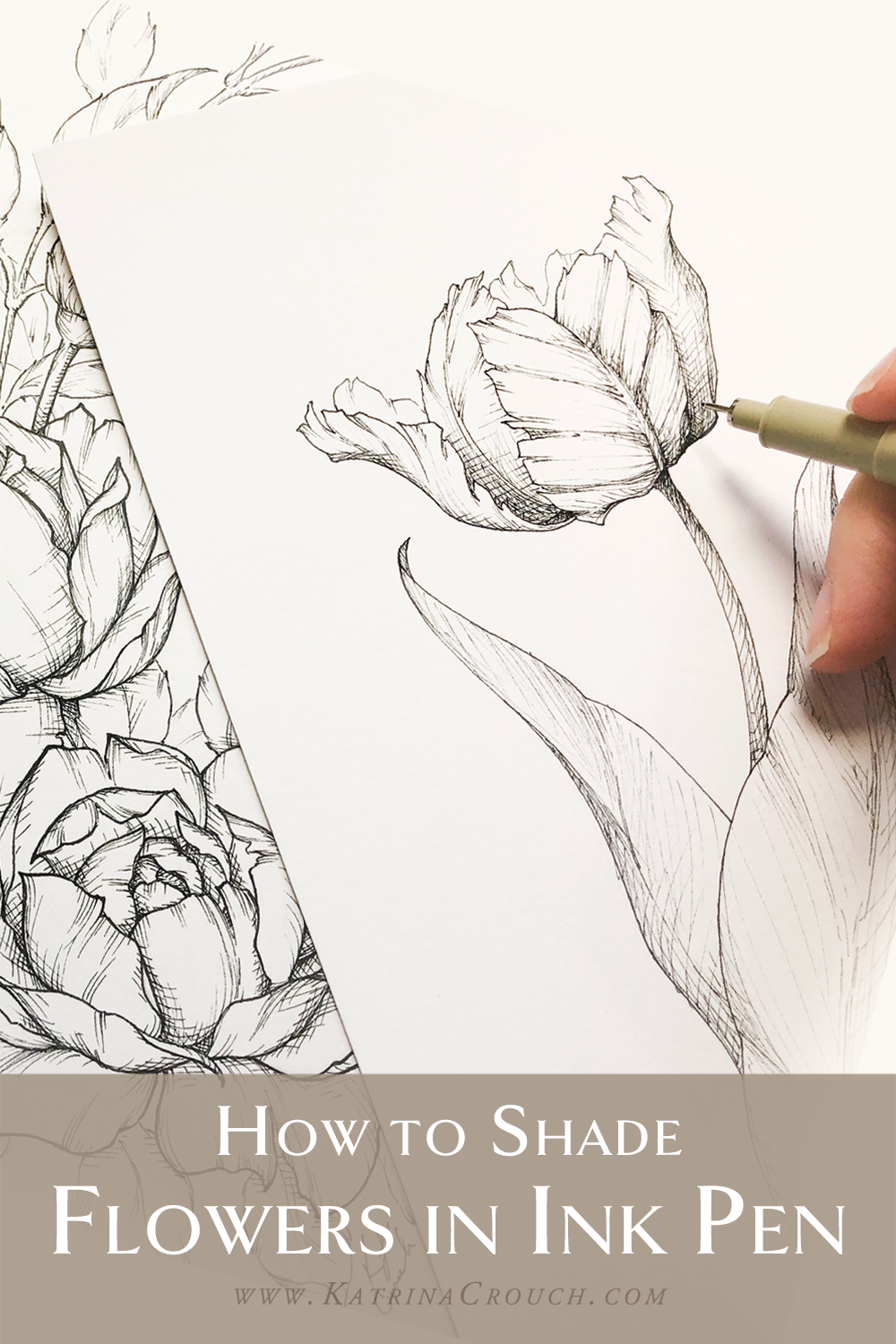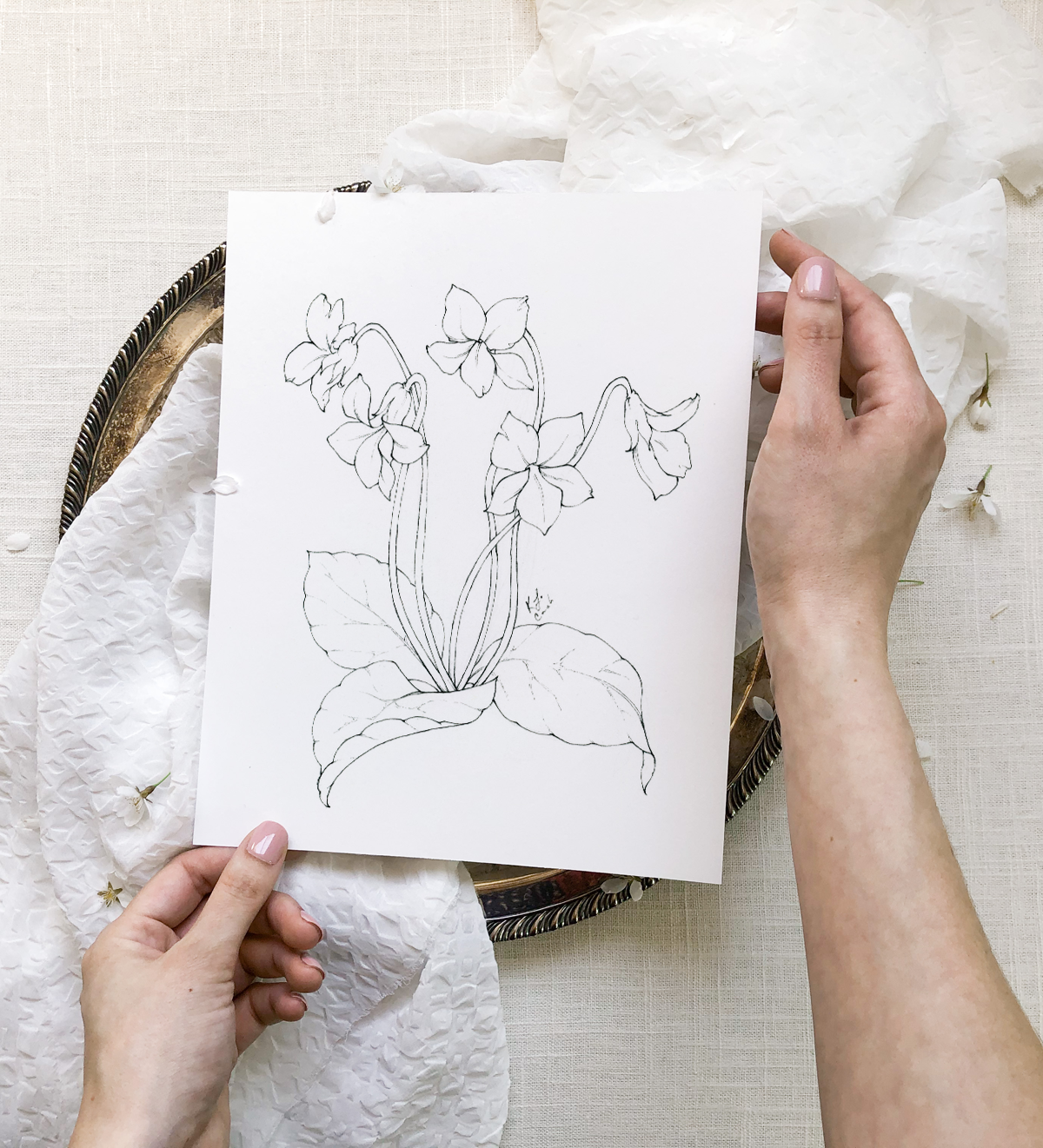3 Tips for Drawing Texture in Botanical Flowers
Drawing textured surfaces can be challenging—especially when you're drawing realistic flowers. In this video I'm going to share 3 tips and tricks for drawing texture as well as give you a sneak peek into my Botanical Drawing Course's Texture module. While I don't give away all of my secrets or share some of the chatty demos, these tips will take you a long way towards mastering texture drawing in ways that you might not have expected!
Tip 1: Be Consistent
When you approach something new or unknown, don’t dive into a new technique or try to be like someone else. Take a deep breath, step back, observe—but make sure that the way you approach this new problem is consistent with the rest of the drawing! If you have a lot of details and realism throughout the entire drawing, you need to do the same for your texture! Don’t dive into a more illustrative or cartoon technique just because it’s a new problem.
One example that might help you is to think of a beautiful landscape painting… with a kindergarten style sun and clouds slapped into the sky. Gross, right?? Don’t become overwhelmed by the unknown—just approach it with the same techniques and colors that you have used to solve other areas—those were just problems that you have practiced and are not afraid of anymore!
Tip 2: Embrace the Imperfections!
Nature is imperfect! So look for those little imperfections and draw them out or highlight them. In the same way, you don’t have to stress about getting the texture exactly perfect or if you make a mistake because odds are, your viewers won't even notice! Because nature is imperfect, it’s actually more beautiful and expected for there to be some little oddities in our drawings. Even more so when you remember that texture is some of the most irregular elements in the world! hah
Tip 3: Simplify the Texture
What if I told you that you don’t have to illustrate every little speck and detail that you see in your reference image. Yes, it’s the secret that experienced artists have been hoarding for ages! Unless you’re working in a hypo realistic style, there is no need to illustrate the entire surface in order to clearly communicate the effect of the texture to the viewer.
Our minds are literally designed to fill in space with limited information, meaning that when we see something is supposed to be textured, we mentally fill in the rest of the space accordingly. Automatically! Without being asked!
The trick is to find the rhythm and to carefully choose where you display the texture. If the texture naturally comes and goes, shows off shadows and the edges of the textured space, the viewer will automatically register “the center of that flower is textured” and move on to more relaxing views like white space or graceful lines.
You can always add more texture, but when in doubt, simplify a little!









